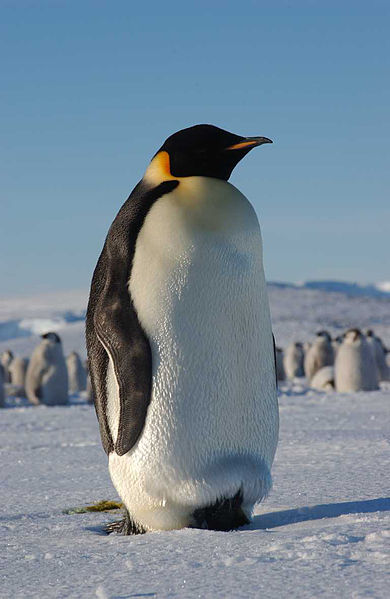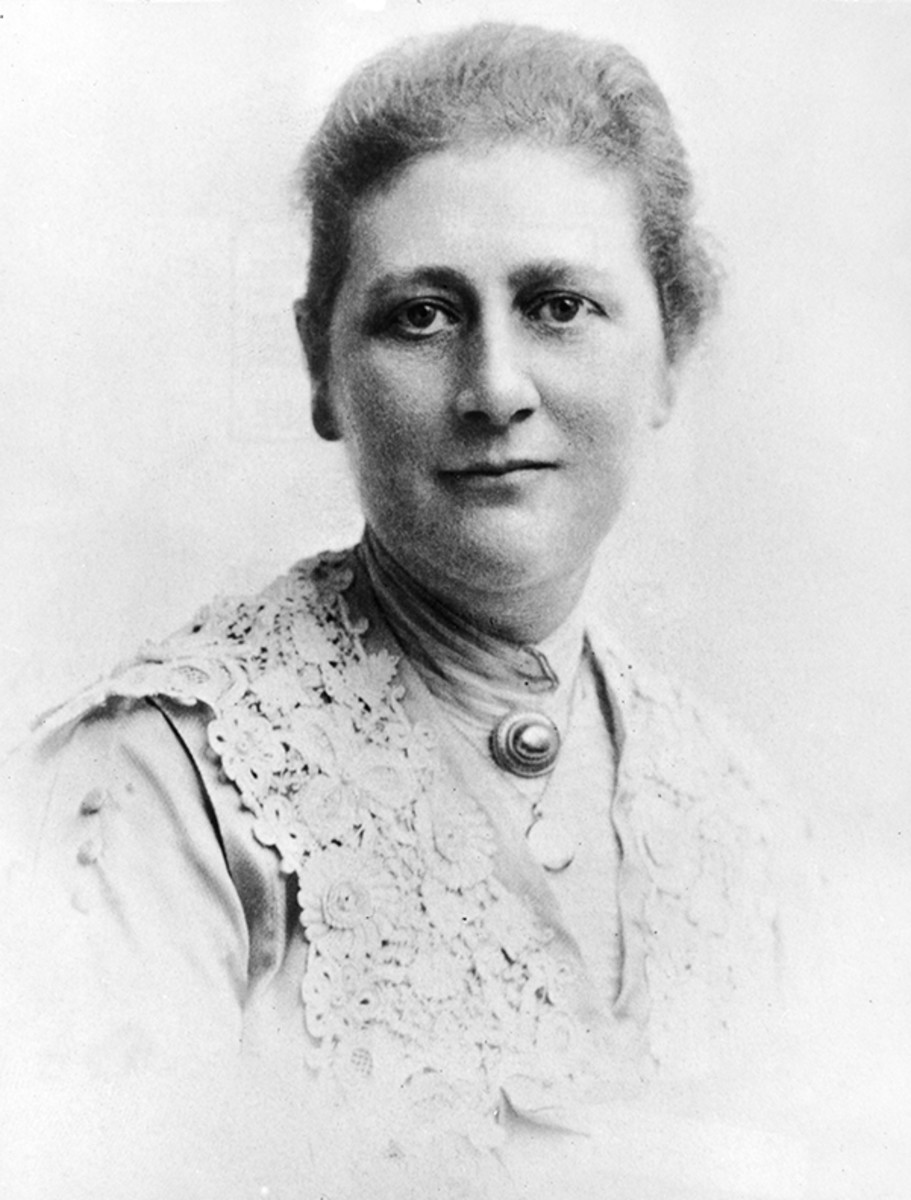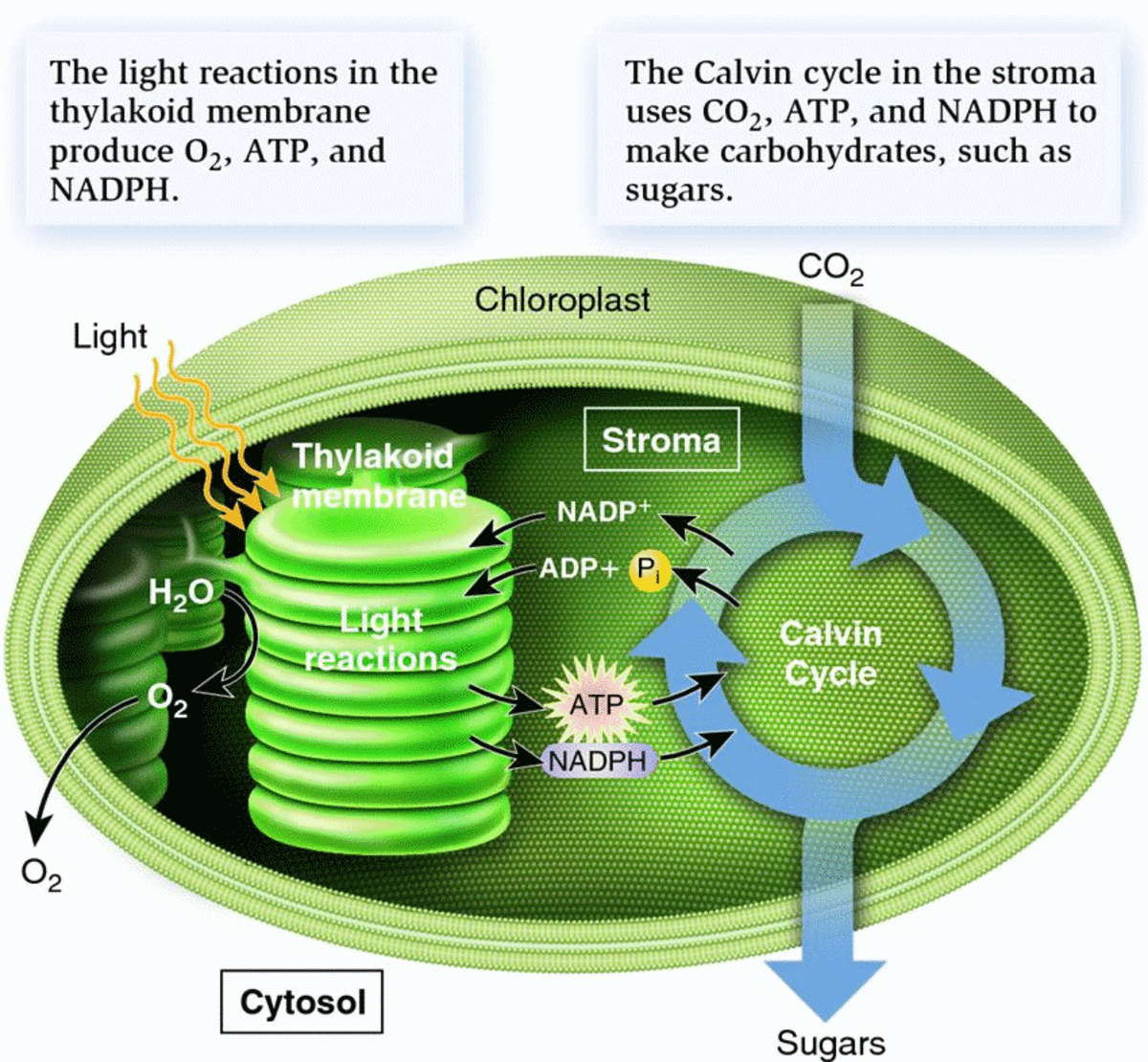Top Scientific Discoveries of 2012


Keeping with tradition, it is always nice to start out a new year by looking at the highlights of the past year. In the wide world of science there is always so much discovery in a given year and many lists are compiled on varying categories recapping achievements in a particular field. Last year I took a look at the top new species as rated by the Arizona State University, some of the notable new drugs on the market via the FDA on CenterWatch's website, and some brief items from Wikipedia’s extensive list of scientific discoveries in 2011. Let's take a look at some highlights from each list for the year that was 2012.
Wikipedia’s list is an interesting read in and of itself. Some topics heavily researched in the year 2012 include alternative energy sources, continued exploration of outer space, and of course research into the fundamentals of disease as well as treatment. There were many discoveries that give us clues to the past; like in February two prehistoric penguin species were discovered in New Zealand. One, Kairuku grebneffi, stood at almost 5 feet. Penguins are generally regarded as a cute species but I think these ones could have been included along with the dinosaurs in Jurassic Park, terrorizing Sam Neill and company.
Scientific milestones detailing the use of laboratory grown human body parts will never cease to fascinate me. This year, in June, surgeons used a patient’s stem cells to populate a donor vein with autologous cells in the laboratory setting and then implanted the vein in the patient. The patient, a 10-year-old with a portal vein obstruction, would have required life-long immunosuppressive treatment with any of the other proposed treatments. Using an iliac vein from a donor along with the patient’s stem cells from her bone marrow, the surgeons were able to restore blood supply with her hybrid implant and she does not need to be on lifelong medication.
Update on HIV novel treatments- Sangamo Biosciencesis working to develop a type of gene therapy exploiting the CCR5 mutation found in the donor in the first case. This genomic editing process, currently in phase II clinical trials, would change the person's DNA in order to give them the mutation thus making them resistance to HIV infection. In addition to this leader in phase II, Sangamo also has other options based on this CCR5 mutation in earlier stages of the discovery process.
Some important advances in the war on HIV and AIDS have been made this year. An HIV drug, Truvada, has been approved for a new indication. It can now be prescribed to high-risk individuals-such as those in a relationship with an HIV-positive person-as a prophylactic, preventative treatment against HIV infection. Also this year saw the amazing results when two HIV-positive men underwent bone marrow transplants to treat their Hodgkin's Lymphoma. After the transplant the HIV-1 DNA levels in the two HIV-infected patients were checked and over time the patients were said to be ‘cured’ of the HIV-infection as there was no detectable virus left in their blood after 8 months post-transplant. These two cases mark the second and third cases where HIV has indirectly been cured by a bone marrow transplant as a therapeutic option for blood cancers. Interestingly, the cure in the first case was thought to be conferred by a natural HIV-resistance the donor possessed, due to a mutation in a chemokine receptor gene that leaves CD4+ cells without CCR5. This confers a greatly reduced chance of HIV-infection, since the virus uses these receptors on the surface of white blood cells to begin its invasion. Since these two additional cases did not use the same donor it seems this mutation is not necessary but still might provide clues to novel HIV therapeutics. (Also it should be noted that bone marrow transplants do not represent a treatment option for HIV on its own, as the side effects and potential harm would be too great in a non-cancer patient living with HIV).

Update on the PEI research- work in 2013 still seems to be at a preliminary stage, based on this research, where continued efforts to successfully incorporate PEI into materials that can be put out in the environment to take in excess carbon dioxide are underway. This particular study involved incorporating PEI into metal-organic frameworks that would function in low pressure systems for CO2 adsorption.
On the renewable energy front, one study showed that if wind energy is properly harnessed it could be the sole source in the world’s electricity needs. The researchers are quick to point out this is geophysically possible but doesn’t take into consideration the economics or environmental factors. Many studies were conducted this year to look at energy usage on the whole, how much more renewable resources were used this year compared to last year, as well as experiments like the one above determining if we could rely solely on renewable resources. Another realm in this category is coming up with different ways of getting our energy supply. Work is being done with methanogens, bacteria that produce methane as a way of ‘making’ natural gas as a renewable energy source without the release of carbon dioxide into the atmosphere. It sounds backwards since the bacteria need electricity to make methane gas but the researchers want to use renewable energy sources to provide the electricity. In somewhat related news, researchers in California have come up with a plastic material that would take carbon dioxide out of the air. This material is made up of fumed silica with polyethylenimine (PEI) and could be put outside to remove excess carbon dioxide causing harm to our environment. Lastly a look on Wikipedia’s list shows some topics I plan to look into in 2013. There were many items appearing using nanotechnology as a way to fight disease and also the idea of cancer stem cells. Stay tuned early in the year for articles delving into these topics.

This year’s top species list compiled by Arizona State University ranks the top new species discovered in the previous calendar year. Among 2012’s list is a mushroom named for its likeness to none other than Spongebob Squarepants. Its official name is Spongiforma squarepantsii and it is only the second species in the genus Spongiforma. Although the species name was originally rejected it was maintained since it gives a clue to the confusing characteristics of this mushroom that looks so much like a sponge. Another species on the list is a contradiction of sorts as it is described as a beautiful tarantula, Pterinopelma sazimai, and judging by the picture this creepy crawler is a wonderful shade of blue. This species was discovered in Brazil and it is strictly the females who display the beautiful, iridescent coloring. The full list can be seen here.

Here is the list for the drugs approved by the FDA in 2012. The list includes two metastatic breast cancer treatments for two different genotypes. The major Breast Cancer phenotypes are Endocrine Receptor Positive, where the receptor is for estrogen, progesterone, or both; HER 2 Positive; both; or neither. In the case of both the phenotype is known as Triple Positive- when it is Estrogen Receptor, Progesterone Receptor, and HER2 positive. The Triple Negative type is when none of the three are present. In the case of the Triple Negative kind, BRCA mutations are often present. The receptor positive cancers can be treated by targeting the receptors (HER2 stands for Human Epidermal growth factor Receptor 2). This year saw an addition to the treatment of HER2+ metastatic breast cancer with Genentech’s Perjeta (pertuzumab). While Novartis’s Afinitor (everolimus) which, in addition to another type of cancer, has been approved for HER2 negative metastatic breast cancer. Currently the gold standard for treating the aggressive HER2+ form is Herceptin (also made by Genentech) along with chemotherapy. With the addition of Perjeta, patients in trials saw an increase in their progression-free survival. Meanwhile Afinitor can be used for post-menopausal women with Endocrine Receptor Positive/HER2 Negative breast cancer. In combination with Aromasin (Exemestane) patients in these trials saw an increase in their progression-free survival.
As with last year, this is only a quick look at a few of the many, many scientific advances made in the year 2012. The lists from Wikipedia, ASU, and Centerwatch offer so much more information about new discoveries, new species, and new drugs available to the public than this small recap presented here.








